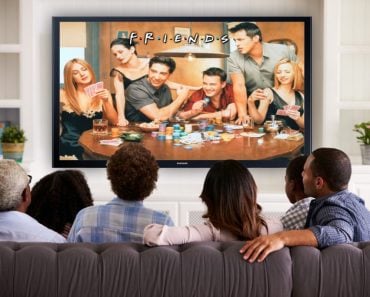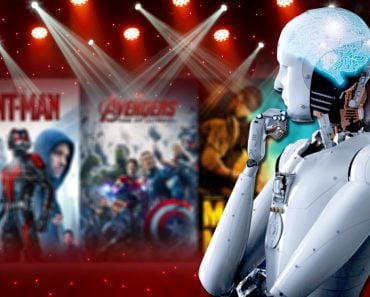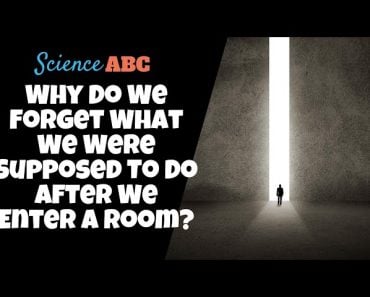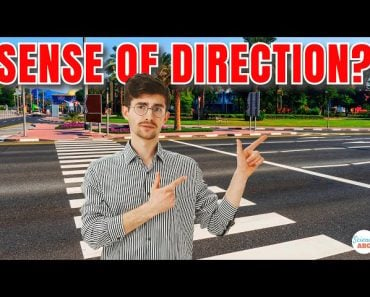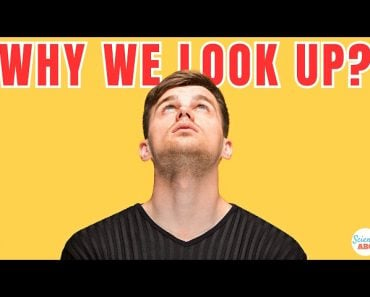Table of Contents (click to expand)
Netflix plays the trailer for the show to ensure that you immediately engage with content. This is aligned with a principle known as idleness aversion.
The toughest thing to do on a lazy Sunday afternoon is decide what to watch on Netflix. The seemingly infinite catalogue of shows and movies to choose from is a source of great decision fatigue for this popular platform’s users.
One of the techniques Netflix uses to improve this experience is playing the trailer for whichever show/movie we hover over, but let’s take a deep dive into what effect this seemingly convenient nudge actually has.
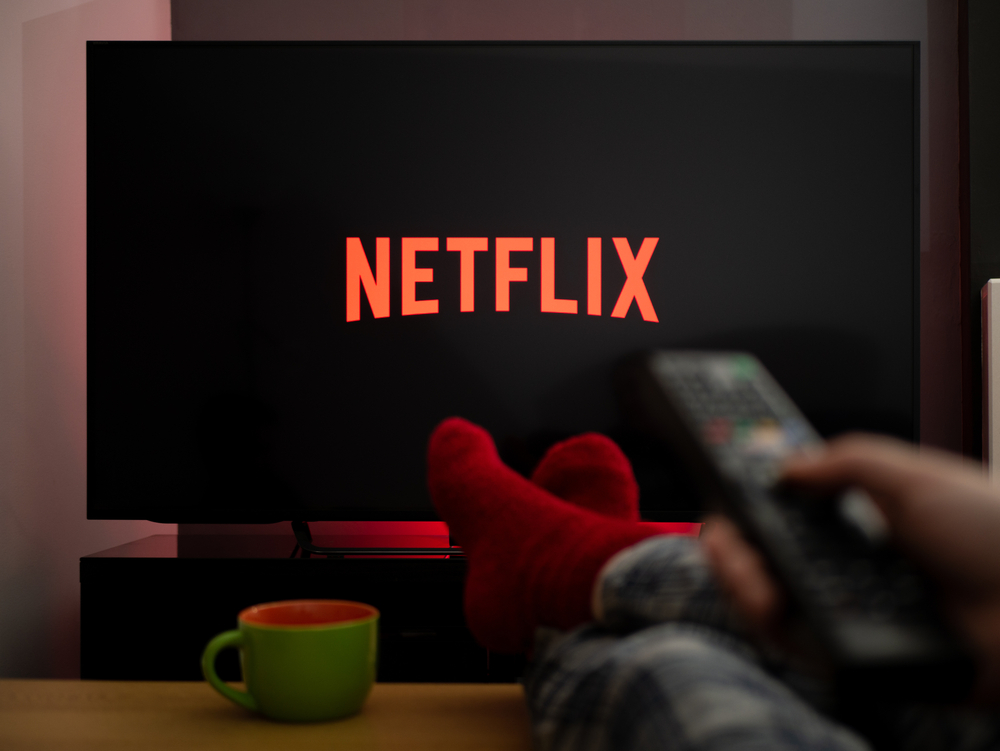
The obvious reason for playing the trailer for a show a user is hovering over is that it will give the user better insight into what the show is about. Since the user might already be interested in the title, watching the trailer might convince them to start watching it, which is what Netflix ultimately wants to achieve.
However, a multi-billion-dollar company like Netflix, which employs some of the smartest minds on Earth, puts a lot more thought and research into their features than what is visible at a surface level.
Netflix employs a psychological principle known as “idleness aversion,” using this sneak peek feature of their application.
Recommended Video for you:
What Is Idleness Aversion?
All of us know the feeling of idleness, as well as feeling averse to something. However, one might wonder why someone would be averse to idleness?
Whenever we are going through a hectic day, with tasks lined up one after the other, the idea of sitting idle seems to be a pretty enticing one, but the results of several psychological studies point to the contrary.
Busier people tend to be happier, and given the choice of being idle or doing something to keep themselves busy, people often tend to choose the latter. It was observed during a study that people want to be busy, even if being busy reduces their happiness, because being idle reduces their happiness even more.

People would rather keep themselves occupied with something meaningless than face the discomfort of doing nothing at all.
There are a variety of reasons for this aversion, ranging from societal norms to evolutionary habits. While we won’t dive deep into the waters of behavioral science here, we’ll take this drop of information—that we as humans are averse to idleness.
How Does Netflix Employ Idleness Aversion?
The primary purpose of Netflix is to entertain people, and essentially make them happy. The most annoying part of using Netflix is figuring out what to watch while scrolling through their endless catalogue of options. The UX team at Netflix figured out to way to make this process less cumbersome for the users.

Whenever a user hovers over a title, Netflix begins playing the trailer for that title. As discussed earlier, this provides context and genre information about the particular movie or show.
However, when the trailer is played, it gives the user audio-visual information to engage with, and thus does not allow the feeling of idleness to set in.
This simple feature has turned out to be so effective that it has subsequently been employed by other video-streaming applications, including YouTube and Prime Video.
Other Places (Apps) Where Idleness Aversion Is Used
Uber made a major breakthrough using idleness aversion when they started displaying the location of the cab a customer had booked.
Since the customers had graphics and animations to interact with, they didn’t grow irritated at how long they had to wait, as their mind was no longer idle; it was instead focused on where the cab was, how long it would take, which route it was following, etc.
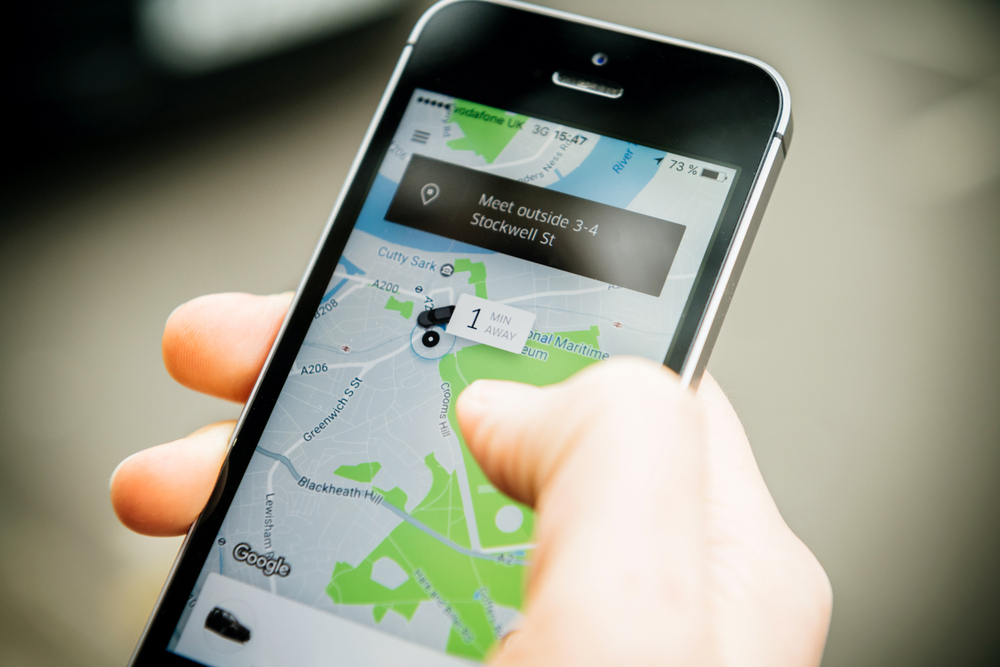
The introduction of this feature by Uber was so effective that other cab companies like “OLA” and food delivery platforms like “Swiggy” and “Zomato” also added it to their respective applications.
Apart from mobile applications, idleness aversion is commonly used in the offline world.
Disney is famous for making the long lines at Disneyland an entertaining experience. Disney does this to ensure that people are entertained and don’t continue thinking about how long the queue is and how long they’ll have to wait for a 45-second ride.
Restaurants, clinics and government offices, which tend to have a waiting time for people, often employ a similar strategy by making magazines and newspapers available for adults, as well as toys for children.
Conclusion
Ezra Cornell, the co-founder of Cornell University, once said:
“Idleness is to the human mind like rust to iron.”
All of us prefer to be engaged in some activity, even when we are supposedly idle. While traveling on a train, nearly everyone is either listening to music, reading a book, or engaged in a conversation with a fellow passenger. This goes to show that idleness is something to which we are inherently averse, and we readily replace it with any activity that is available.
We are usually happier when we are busier, a fact that various customer-oriented organizations recognize and take advantage of to make their customers’ experience even better.
References (click to expand)
- Busy People Are Happy People - Greater Good Science Center. University of California, Berkeley
- Hsee, C. K., Yang, A. X., & Wang, L. (2010, June 14). Idleness Aversion and the Need for Justifiable Busyness. Psychological Science. SAGE Publications.
- Yang, A. X., & Hsee, C. K. (2019, April). Idleness versus busyness. Current Opinion in Psychology. Elsevier BV.

